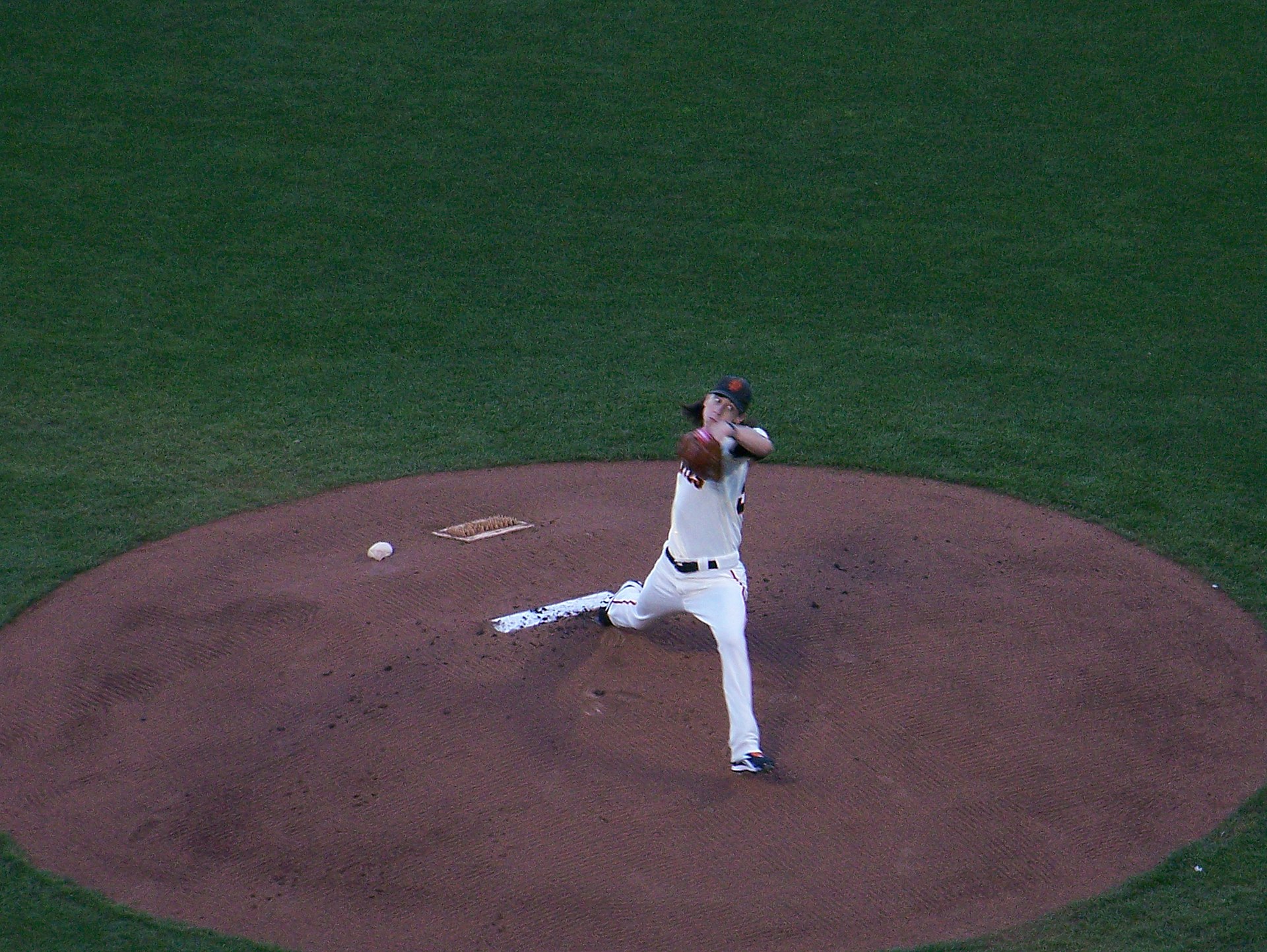
Sports Performance: Study the Majority, and Stop Cherrypicking Exceptions to the Rule
A while back, I Tweeted out the following statistic:
As can pretty much be expected, this Tweet was met with a thumbs up from frustrated coaches and parents who know a skinny pitcher who could really benefit from weight gain, but still refused to crush calories. That was the 98% of interaction with these numbers.
The other 2% – as can also be expected, after years of social media “exposures” – was people who wanted to disagree. An example:
“Not true. My 6’0 180 pound son throws 93 and threw 90 when he was 5’10 165.”
Another:
“So you’re encouraging guys to just get fat and they’ll throw harder? Why isn’t Bartolo the hardest thrower in MLB then?”
In the research world, these exceptions to the rule are called outliers and are nixed from the data set. In the magical world of social media, they are liked, retweeted, celebrated, enshrined, put up on a pedestal – and ultimately almost become the rule. Unfortunately, those who try to replicate the exceptions wind up woefully inferior.
Remember the generation of kids who thought that they could a) abstain from lifting weights and b) go to really up-tempo, cross-body deliveries in hopes of becoming the next Tim Lincecum? With a few exceptions, they become the skinny guys who couldn’t throw strikes – or convince anyone to be their catch partners because they were so erratic. And, they really didn’t put themselves in great positions to throw hard, in most cases.
Lincecum himself faded as he approached 30 years old, due in part to hip surgery. After a short comeback attempt in 2016, he hasn’t pitch in almost 1.5 years and currently sits at 1,682 career innings. Currently, 27 active pitchers have more career innings pitched than that – and only two weigh less than 195 pounds.
This isn’t a vilification of Lincecum, either; he recognized he was an outlier and made it work for a successful career that included multiple Cy Youngs and world championships. That’s a lot different than the 16-year-old with no track record of success insisting that he can throw 2,000 innings in the big leagues at 140 pounds. That’s not backed by demonstrable results or even the slightest bit of logic. Need further proof that you’re better off following the masses (pun intended)?
1. The size of the average MLB player has increased from ~186 to ~210 now (really good analysis here). Not surprisingly, average fastball velocity in MLB has increased dramatically during that same period.
2. Go check out this list of active leaders in innings pitched. Take note of how few are under 200 pounds.
3. Go check out this list of active leaders in Wins Above Replacement (WAR). Take note of how few are under 200 pounds. This guy is eighth on that list (and rapidly climbing). He’s 6-3 and 210-215 pounds, but not the “absurdly bulky” many naysayers insist will happen if a 16-year-old kid adds a few hundred calories per day. Max is just big enough to use gravity effectively while remaining athletic.
4. We have loads of studies demonstrating that heavier pitchers throw hard. If you want to pick just a few, use this one and this one. Hopefully, the N=1 Twitter researchers can appreciate that their studies don’t have quite as much validity as the peer-reviewed research that is published in the Journal of Biomechanics and Journal of Shoulder and Elbow Surgery.
5. This recent study reported that larger individuals signed professional contracts earlier and made it to the big leagues at a younger age. It also reaffirmed that bigger guys throw harder. Go figure.
6. Go to any powerlifting meet – or simply peruse some records online – and it won’t take you long to realize that the heavier guys are the stronger guys. Strength is force. Power is work divided by time. Throwing a baseball is a sport-specific application of power.
Strength is also a foundation for stability: active control of joints. If you lack it, you’ll rely more on passive restraints: ligaments, menisci, intervertebral discs, labrum, etc.
If you want to be successful in anything in life – sports, business, education, relationships, you name it – you are better off looking at what has worked for the majority of individuals who have previously been successful.
And, the research, anecdotal evidence, and logic is very much in support of gaining good weight being a wildly effective method for most pitchers to gain velocity, be more successful, and become more durable. You might be the exception to that rule, but chances are that you haven’t actually tested the weight gain waters enough to know for sure. Eat up.
If you’re looking to learn more about how we develop pitchers at Cressey Sports Performance, I’d encourage you to check out one of our Summer Collegiate Development Programs. They’re available at both our Florida and Massachusetts locations.




